 As you get into the very large commercial loans, especially in California, the issue of earthquake risk looms large. When lending on large commercial properties constructed prior to 1980, commercial lenders will sometimes require a PML Report.
As you get into the very large commercial loans, especially in California, the issue of earthquake risk looms large. When lending on large commercial properties constructed prior to 1980, commercial lenders will sometimes require a PML Report.
A PML Report is an earthquake damage report completed by a civil engineer. The report asks the question, “How badly damaged would this building be if there was a really big earthquake?” Is the building going to completely collapse, like those unreinforced masonry buildings in San Francisco did in 1989 during the Loma Prieta earthquake?
My old friend, Mike Thurman, was actually at Candlestick Park for game three of the World Series when the Loma Prieta earthquake hit. Fortunately the stadium was well-designed to absorb earthquake shock, and everyone was able to calmly leave the stadium to drive home.

Unfortunately those driving home to the East Bay discovered that the central strand of the Oakland Bay Bridge had collapsed, hurtling several passengers and their cars to their death hundreds of feet below. Interesting note: When a section of the upper-deck freeway in Oakland collapsed onto a lower deck, sadly crushing and killing 60 drivers below, among the victims was a car thief attempting to make his getaway.
More specifically a PML Report seeks to quantify the Probable Maximum Loss. The Probable Maximum Loss (PML) is a tool used to evaluate the seismic risk of a building and identify assets with high seismic risk. The Probable Maximum Loss report identifies the PML value, expressed as a percentage of the building's replacement cost and estimates the potential damage during a 475-year earthquake - the lower the percentage, the lower the expected damage. The PML value can be expressed either as the Scenario Expected Loss (SEL) or the Scenario Upper Loss (SUL). They mean the same thing.

If the Maximum Probable Loss is too high – let’s say greater than 45% - a lender making a large commercial loan might require earthquake insurance. Earthquake insurance is phenomenally expensive, on the order of 2% to 3% of the value of the building annually!
To make matter worse, the earthquake insurance deductibles are huge – on the order of 15% to 20% of the value of the property.
Example:
Let’s suppose you own a $15 million commercial building in Los Angeles. The land is worth is worth $5 million, so you only insure the $10 million building. Suddenly an 8.2 earthquake hits L.A., the building collapses, and the loss is total. Even if you had the entire building insured, your insurance company might only pay you $8.5 million, rather than your entire $10 million loss.
And to make matters worse, the insurance company probably wouldn’t survive to pay the claim anyway.
Need a commercial real estate loan? Try our commercial mortgage lender search engine:
Are you a loan officer working for a commercial bank or a credit union? Do you want to meet more high-net-worth investors and close more commercial loans? You can add your bank to CommercialMortgage.com at absolutely no cost to you or the bank. It really is completely free. My hard money shop pays for the site by working the commercial loan leads it generates.

Are you ready to finally learn commercial real estate finance? It’s funny. People pay $100,000 for a liberal arts college education and then seldom get a starting job in their field. Using this nine hour video program, an intelligent, articulate, and sales-oriented high school graduate can learn a better-paying profession in one long weekend for just $549.
For just $79.95 you can buy a copy of The Blackburne List, a list of over 2,500 commercial lenders nationwide. Is money tight? For just $39.95 you can buy the Regional Blackburne List for the area in which the subject property is located.

For forty years accredited investors residing in California have been able to earn 8% to 12% interest by investing in first trust deeds. Unfortunately out-of-state investors could not legally participate. A recent law change - the JOBS Act - now allows a resident of Illinois, for example, to invest in fractionalized first mortgage; i.e., he can take a $20,000 piece of a $400,000 loan on an apartment building in Chicago. Blackburne & Sons has been doing this now for 37 years. Sorry, but you must be very accredited to be suitable.
Do you need a commercial lender who will actually lend up to 75% loan-to-value on the purchase of a commercial building?
Do you need a lender who will allow the seller to carry back a second mortgage? Does your client have a balloon payment coming due on his commercial property? Has your bank offered him a discounted pay-off? Does your borrower have less-than-stellar credit? Is your client's company losing money? Is your borrower a foreign national?
Do you need a non-recourse loan? Do you need a commercial loan with no prepayment penalty? Is your client's commercial property partially vacant? Do all of your commercial leases run out in the next 18 months? Do you need a lender who will allow a negative cash flow? Do you need a lender who will also look at the borrower's global income - income from salaries, other investments, etc.? Do you need a loan against a portfolio of single family homes?
Get two new training lessons in commercial real estate finance every week for free!
Got a friend or co-worker who would benefit from learning commercial real estate finance (CREF)?









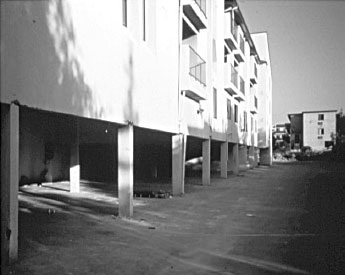
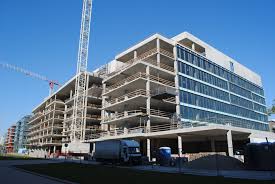 Today we are going to teach you how to underwrite a $50 million commercial construction loan.
Today we are going to teach you how to underwrite a $50 million commercial construction loan.



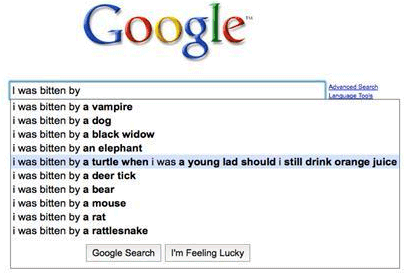
 Most commercial real estate loans - other than apartment loans - have a balloon payment due in just 5 or 10 years. If you're a commercial mortgage broker or a lender, this is a very wonderful happenstance.
Most commercial real estate loans - other than apartment loans - have a balloon payment due in just 5 or 10 years. If you're a commercial mortgage broker or a lender, this is a very wonderful happenstance.










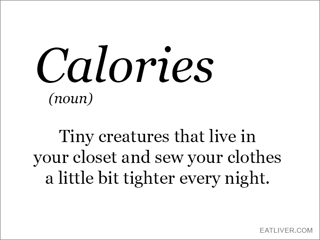

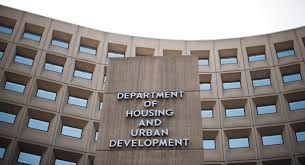 Apartment buildings wear out over time. As apartment buildings become dilapidated, the good-quality tenants move out and the riff-raff move in. Superbly-located apartment buildings can, over time, become an eyesore and a breeding ground for crime.
Apartment buildings wear out over time. As apartment buildings become dilapidated, the good-quality tenants move out and the riff-raff move in. Superbly-located apartment buildings can, over time, become an eyesore and a breeding ground for crime.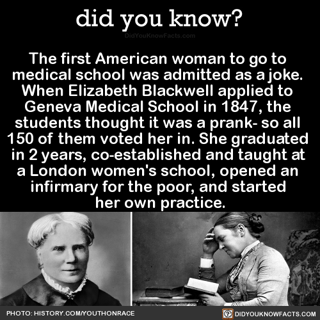
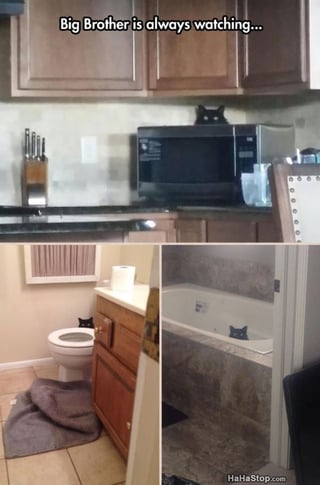



 When the Great Recession hit in 2008, commercial banks suffered enormous losses (read: they lost their butts) in land loans, A&D loans, and construction loans. As part of the Dodd-Frank Act bank reforms, the FDIC established a new category of high-risk bank loans called HVCRE loans.
When the Great Recession hit in 2008, commercial banks suffered enormous losses (read: they lost their butts) in land loans, A&D loans, and construction loans. As part of the Dodd-Frank Act bank reforms, the FDIC established a new category of high-risk bank loans called HVCRE loans.





 Over two-hundred new hard money mortgage funds have arisen from the ashes of the Great Recession. After all, its relatively easy to hire an attorney to create the legal documents to form a new mortgage fund, and private investors are flocking to these brand new outfits for a chance to earn double-digit returns. Unfortunately many of these private mortgage investors may be doomed to suffer large lossess when these new mortgage funds almost inevitably fail.
Over two-hundred new hard money mortgage funds have arisen from the ashes of the Great Recession. After all, its relatively easy to hire an attorney to create the legal documents to form a new mortgage fund, and private investors are flocking to these brand new outfits for a chance to earn double-digit returns. Unfortunately many of these private mortgage investors may be doomed to suffer large lossess when these new mortgage funds almost inevitably fail. 




